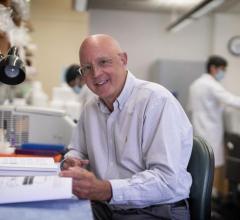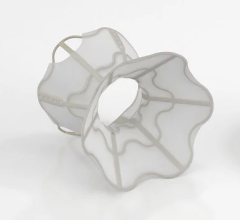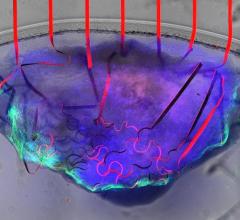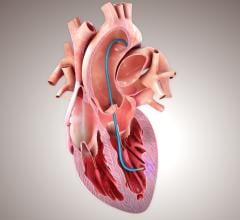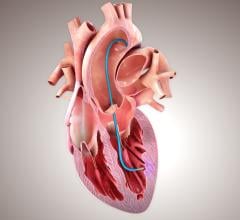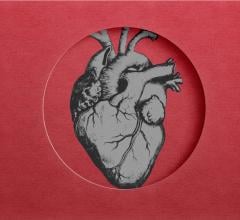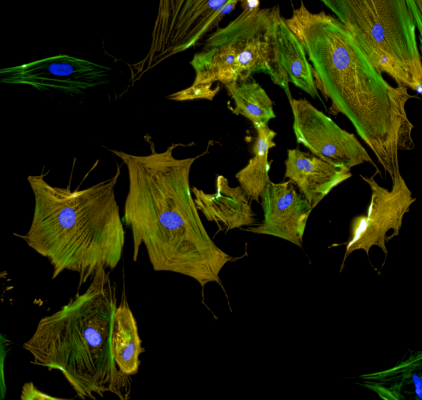
June 24, 2015 - To date, the only definitive treatment for heart failure – an organ transplant – is hampered by both the limited number of organ donors and the potential for the patient's body to reject the new heart. However, findings of a study published in STEM CELLS: Translational Medicine demonstrate the promise in regenerating cardiac tissue using engineered patches made up of a mixture of fibrin and mesenchymal stem cells (MSCs) derived from human umbilical cord blood.
Previous studies show the potential of MSCs to repair damage left by a heart attack, but in these instances, the cells were delivered through injections or intravenously. "While feasible and safe, the treatments exhibited only modest benefits," said Antoni Bayes-Genis, M.D., Ph.D., member of the ICREC (Heart Failure and Cardiac Regeneration) Research Program, Germans Trias i Pujol Health Science Research Institute (IGTP) and professor at Universitat Auto`noma de Barcelona. Bayes-Genis is a lead investigator on this study.
"The survival rate of the implanted stem cells was generally low and about 90 percent of them either died or migrated away from the implantation site, generally to the liver," added the study's first author, Santiago Roura, Ph.D., also a member of the ICREC Research Program and IGTP. "These limited effects are probably due to the adverse mechanical stress and hypoxic conditions present in the myocardium after the heart attack."
Could finding a better way to deliver the MSCs to the injured site yield more efficient results? Researchers think it's a possibility. Scaffolds (or patches) in which the cells are combined with biological and synthetic materials that can also be supplemented with growth/differentiation factors to generate bioimplants, have emerged as a promising candidate. However, none of the current materials being tested for the patches, whether synthetic or natural, have demonstrated optimal properties for cardiac tissue repair.
That led Bayes-Genis and his colleagues to investigate how a fibrin patch filled with human umbilical cord blood-derived MSCs might work. Fibrin is already widely used in medical applications due to its ability to act as a biocompatible glue, holding cells in place and stimulating angiogenesis. In turn, they surmised that it might offer a nurturing environment for the MSCs' proliferation while also keeping them at the site of the injury where they were needed for repairing the heart tissue.
The team mixed MSCs and fibrin to form the patches and then administered them in a group of mice that had undergone heart attacks. Three weeks later, they compared the animals' recovery to a control group of mice treated with fibrin alone (no stem cells) and another control group that received no treatment at all. The results showed that the patches adhered well to the hearts and the MSCs demonstrated early proliferation and differentiation. The patch cells also participated in the formation of new, functional blood vessels that connected the patch to both the heart tissue directly beneath it and the mouse's circulatory system, too.
"As a result, the heart function in this group of mice was better than that of the animals in either of the other control groups," Bayes-Genis said. "Thus, this study provides promising findings for the use of umbilical cord-blood MSCs and fibrin patches in cardiac repair."
For more information: www.stemcellstm.com

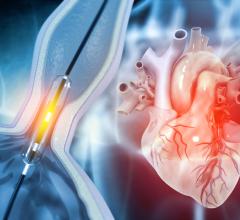
 April 16, 2024
April 16, 2024 
